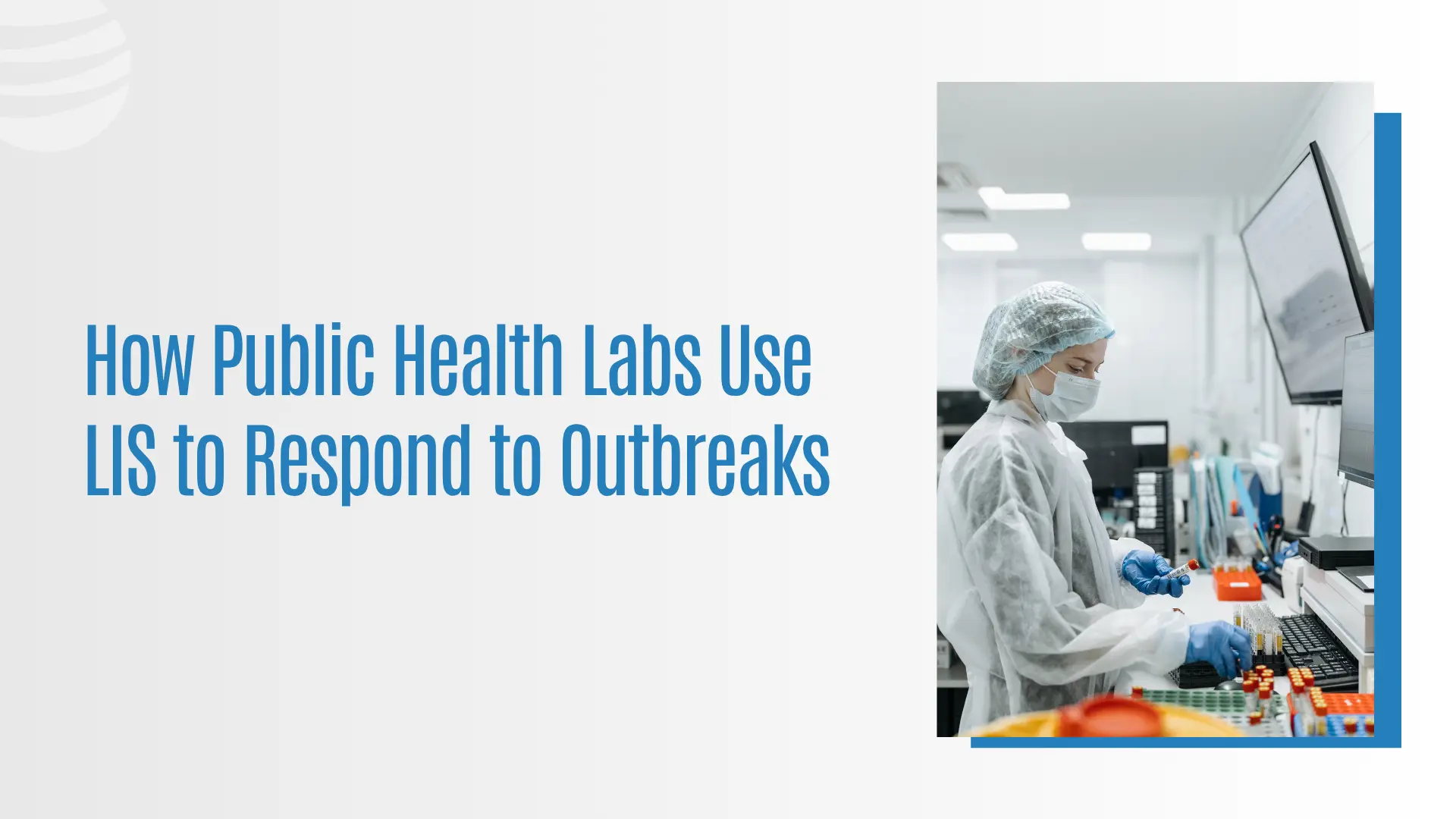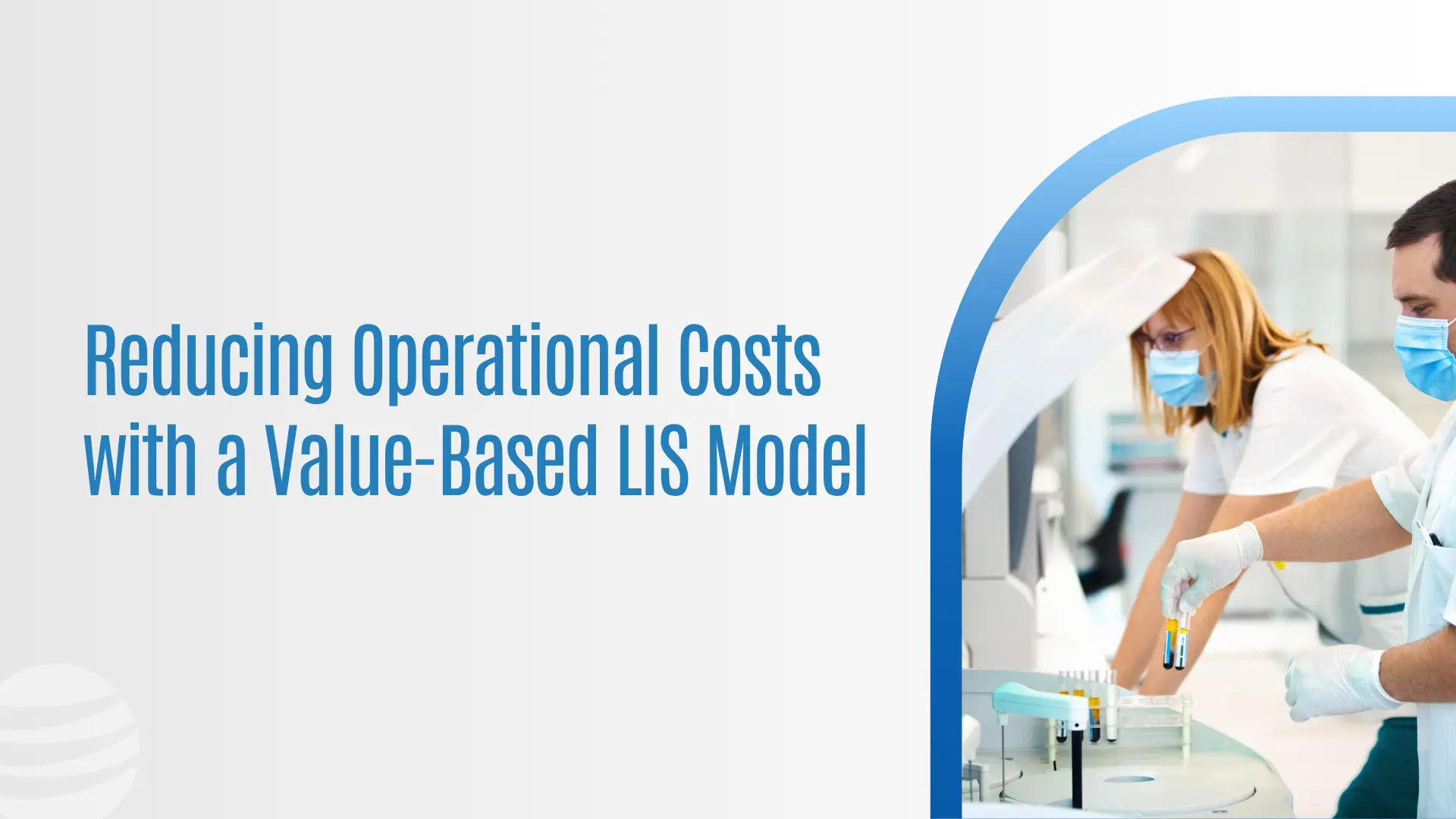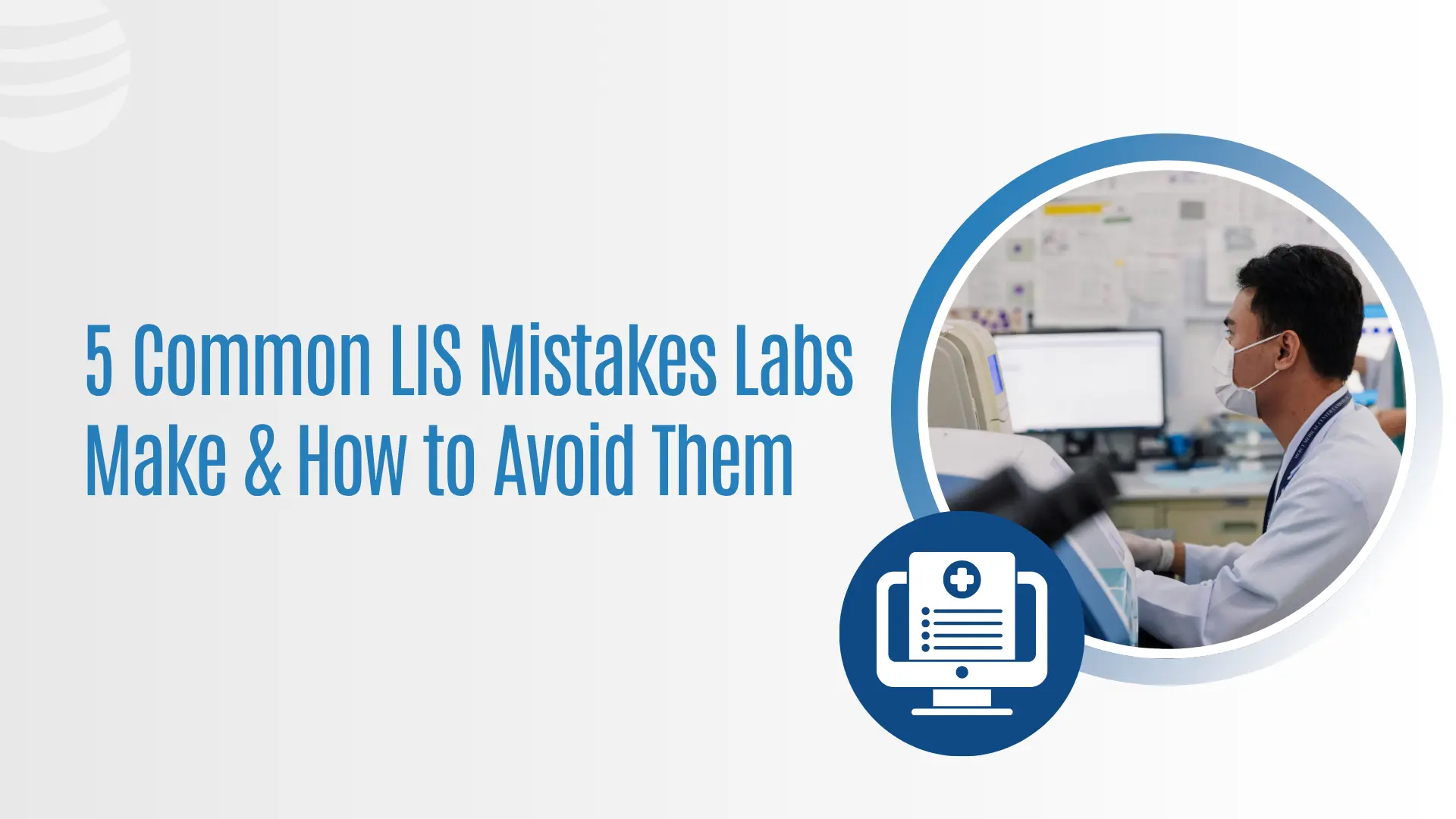
How Public Health Labs Use LIS to Respond to Outbreaks
How Public Health Labs Use LIS to Respond to Outbreaks Introduction: When Time Defines Outcomes In public health, every second counts. Whether it’s COVID-19, influenza,

Laboratories are the beating heart of scientific progress and innovation. Whether you work in a research institution, a pharmaceutical company, or a medical facility, the smooth operation of your laboratory is essential for achieving accurate results, ensuring safety, and advancing your scientific goals. In this guide, we will delve deep into the world of laboratory operations and provide you with invaluable insights, tips, and strategies to ensure that your laboratory functions seamlessly.
Laboratory operations encompass a wide range of activities, from sample preparation and equipment maintenance to data analysis and record-keeping. Each of these components plays a crucial role in the success of your laboratory. To help you navigate the complexities of laboratory management, we have created this comprehensive guide. Whether you are a seasoned researcher or just starting your career in a laboratory, you will find valuable information to enhance your operations.
Starting on the right foot is essential for laboratory success. Before diving into experiments, ensure that your lab is properly set up. This includes:
Managing samples efficiently is critical to prevent errors and ensure data integrity. Learn how to:
Maintaining high-quality standards is non-negotiable in laboratory operations:
Your team is the backbone of your laboratory. Invest in their growth:
Well-maintained equipment is essential for reliable results:
Efficient data management and analysis are crucial for drawing meaningful conclusions:
Safety should always be a top priority in laboratory operations:
In conclusion, smooth laboratory operations are the foundation of successful scientific research and experimentation. By following the guidelines and strategies outlined in this guide, you can enhance the efficiency, accuracy, and safety of your laboratory. Remember that continuous improvement and a commitment to excellence are key to achieving outstanding results in your scientific endeavors.

How Public Health Labs Use LIS to Respond to Outbreaks Introduction: When Time Defines Outcomes In public health, every second counts. Whether it’s COVID-19, influenza,

Reducing Operational Costs with a Value-Based LIS Model Moving Beyond Transactional Software For many labs, software decisions have traditionally been made based on upfront costs

5 Common LIS Mistakes Labs Make and How to Avoid Them When the System That Should Save Time Creates Chaos A Laboratory Information System (LIS)
Prolis is a Laboratory Information System (LIS) for streamlining, automating, and improving lab processes. Our powerful LIS system helps you manage large-volume lab data while adhering to strict standards, helping to reduce manual operations and improve efficiency and turnaround times. Prolis lab software can help you maximize productivity, reduce errors and improve quality control.
© 2025 Prolis. All rights reserved.
Powered by American Soft. Solutions Corp.